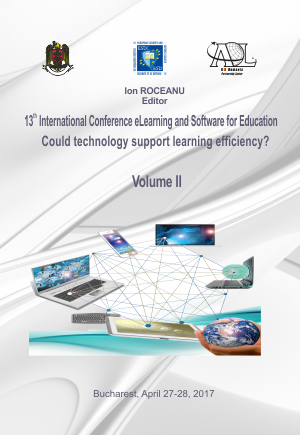OCULUS RIFT USED TO ASSESSMENT AND REHABILITATION OF POSTURE AND GAIT
OCULUS RIFT USED TO ASSESSMENT AND REHABILITATION OF POSTURE AND GAIT
Author(s): Mihaela Ioana BaritzSubject(s): Social Sciences
Published by: Carol I National Defence University Publishing House
Keywords: oculus rift; posture; rehabilitation; improve; gait.
Summary/Abstract: Postural assessment and rehabilitation methods are diversifying according to the technological development of biomedical equipment. A special attention is directed to the choice and use of the latest equipment construction from which to obtain maximum efficiency. Thus, this paper presents theoretical and practical aspects of using a system type Oculus Rift for assessment and motor recovery. In the first part of the paper, the applications of this system are described in the current development stage, and in the second part, some theoretical aspects are presented. The paper continues with the third part, describing the experimental setup and the recorded results. Experimental system used was based on a set of recording equipment for loco-motor and postural parameters (pressure plate and plate forte) and had like simulation element of various forms of instability, an optoelectronic system, type Oculus Rift. In addition it was used anthropometric instruments to assessment of the subjects participating in recordings activities. Analyses were performed on a sample of subjects, in different moments of the day and with different images used in Oculus Rift system. With these subjects had simulated different postures and gait, to assess the influence of Oculus Rift system on their motor characteristics (postural instability in gait, trajectories of gait, bipodal stability). According to these evaluations it can be set a particular configuration to establish special loco-motor rehabilitation procedures. All these investigation had the purpose to establish “friendly” procedures to assessment and motor rehabilitation. Conclusions and future directions of this research development are presented in the final part of the paper.
Journal: Conference proceedings of »eLearning and Software for Education« (eLSE)
- Issue Year: 13/2017
- Issue No: 02
- Page Range: 444-449
- Page Count: 6
- Language: English

